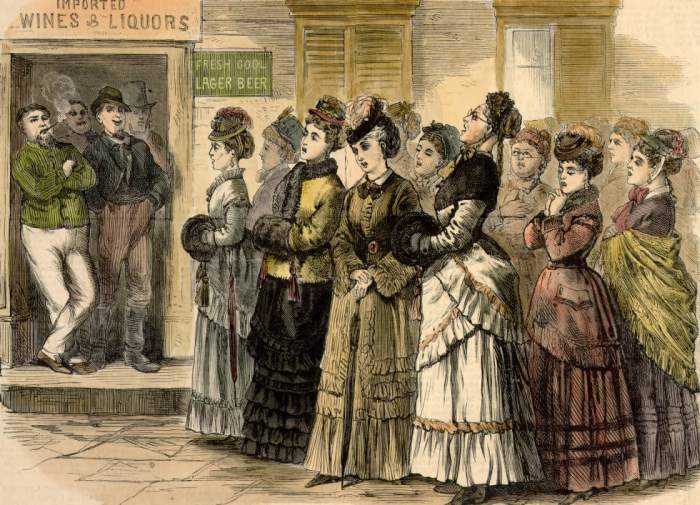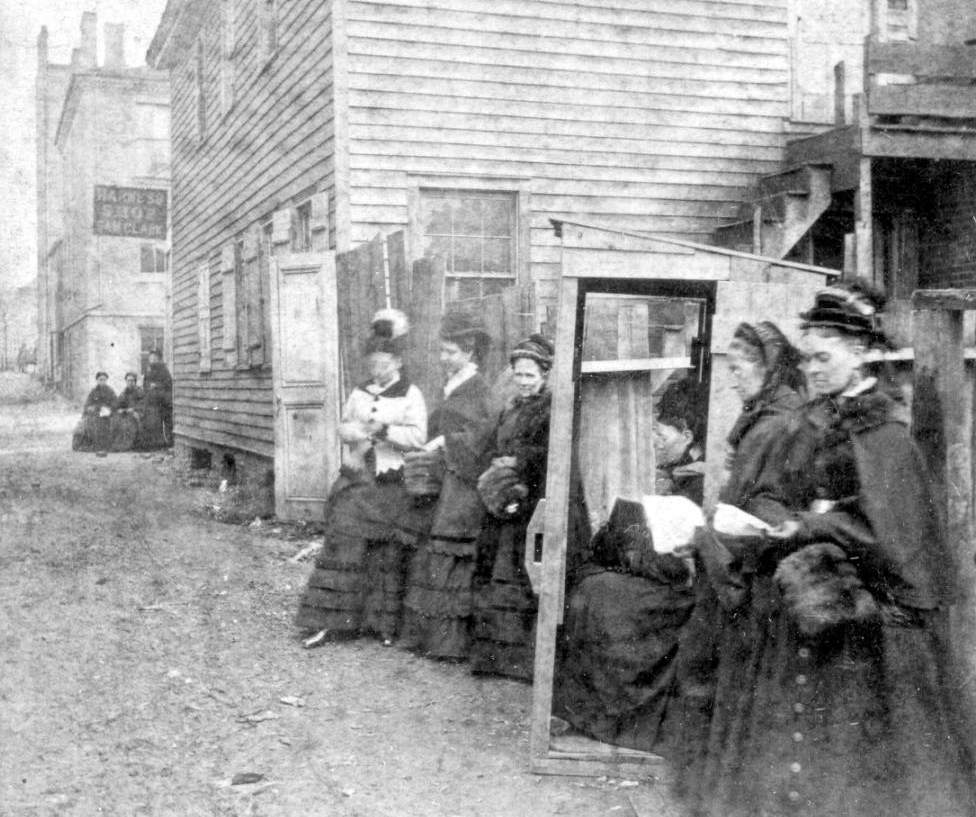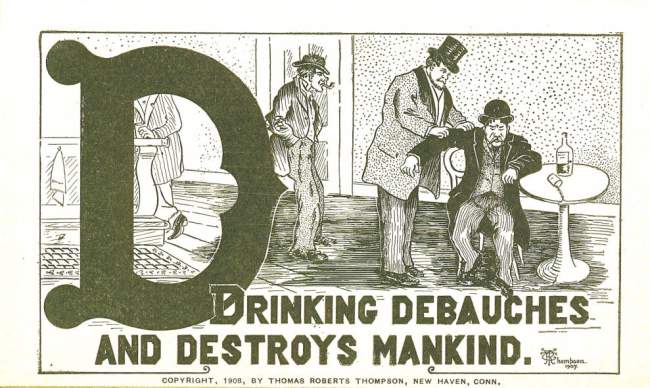The Prohibition Era Begins…

On May 27, 1919–that’s 93 years ago this past Sunday–the Prohibition Era began in Ohio, nearly six months before the 18th Amendment was passed by Congress to become a national law on October 28, 1919. One of the major reasons that Ohio went dry ahead of the rest of the country was the influence of the state’s temperance movement, including such groups as the Women’s Christian Temperance Union and the Ohio Anti-Saloon League.


These groups, who had their origins in social and religious reform movements of the early 1800s, saw alcohol as one of the evils of American society, and aimed to reduce and even eliminate its consumption. In the wake of the Civil War, Ohio temperance advocates, like others across the United States, began to use more radical tactics to stop the consumption of alcohol. For example, in Hillsboro, Ohio, in 1873, women marched through the town, stopping at every saloon (approximately twenty of them) and praying for the souls of the barkeepers and their patrons. The women also demanded that the owners sign a pledge to no longer sell alcohol. By 1875, more than 130 other communities around the state had also had experienced marches–a period often known locally as the “Ohio Whiskey War.”
The movement continued to gather steam over the coming decades, culminating in the passing of the 18th Amendment, also known as the Volstead Act, in 1919. Though the amendment was eventually repealed in 1933, the legacy of the temperance movement lives on, both in Ohio history and on Ohio Memory. Learn more about this important period in our digital collections, including a newspaper from the day Prohibition was ratified, and a brochure from Lonz Winery on Lake Erie’s Middle Bass Island, with instructions on how to make grape juice into vinegar (although the same directions applied to wine-making, too!)
An interesting historical tidbit is highlighted in a recent Columbus Milestones article from the Columbus Dispatch. The vast majority of the city’s nearly 300 bars and taverns actually stopped serving alcohol a couple of days earlier (May 24th) when their state-issued liquor licenses expired. But there were nine establishments who paid extra to extend their permits those extra two days, serving right up until midnight when the law went into effect and, we imagine, making a tidy profit in the process!

Thanks to Lily Birkhimer, Digital Projects Coordinator at the Ohio History Connection, for this week’s post!



Leave a Reply
You must be logged in to post a comment.